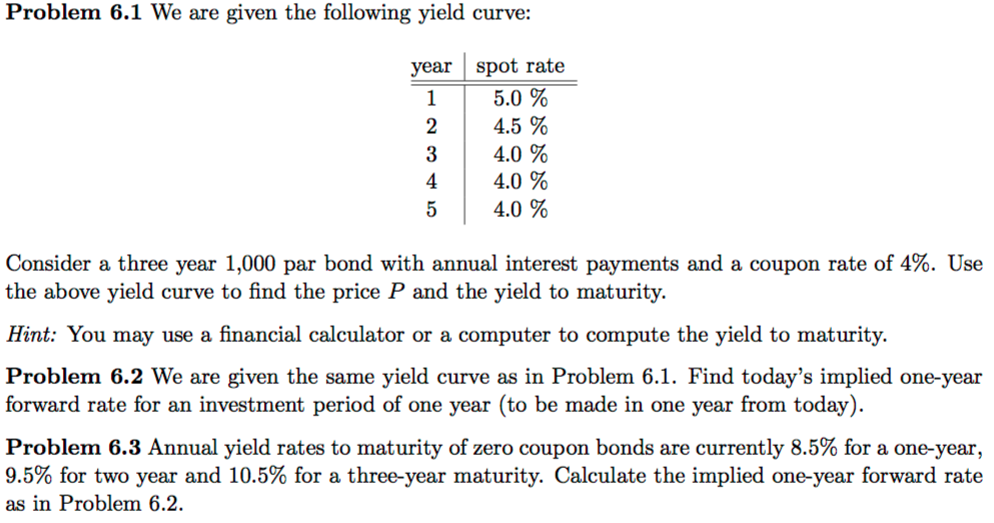How to find the payment of a zero coupon bond
Contents:
In the above example, the stated interest rate was an annual one, and the number of time periods until maturity was measured in years.
Things You'll Need Calculator. Edit Related wikiHows. References Investopedia: Advanced Bond Concepts. Financial Bonds Print Edit Send fan mail to authors. Did this article help you? Yes No.
Calculating Zero-Coupon Bond Price
Cookies make wikiHow better. By continuing to use our site, you agree to our cookie policy. About This Article.
Related Articles. Thanks for letting us know. Help answer questions Learn more.
Many bonds make periodic interest payments during the life of the bond, and then when the bond matures, the principal is returned. Instead, investors purchase the zero-coupon bond for less than its face value, and when the bond matures, they receive the face value.

On the open market, investors pay higher prices for zero-coupon bonds when they require a lower rate of return and lower prices when a higher rate of return is required. The higher the risk the bond issuer will go bankrupt and not repay the bond holders, the higher the interest rate you need to compensate for that risk. Also, remember to consider the length of time until the bond matures. The lower the price you pay for the zero-coupon bond, the higher your rate of return will be.
Most bonds make periodic interest payments to pay back bondholders for borrowing money. Related Articles. Formula and Example The basic method for calculating a zero coupon bond's price is a simplification of the present value PV formula. Without accounting for any interest payments, zero coupon bonds always demonstrate yields to maturity equal to their normal rates of return. A maturity date far off in the future will also cause the zero coupon bond to have a lower price compared to one that's maturing sooner. Do Bonds Compound Interest?
To figure the price you should pay for a zero-coupon bond, first divide your required rate of return by to convert it to a decimal. Second, add 1 to the required rate of return as a decimal. Third, raise the result to the power of the number of years until the bond matures.
- marineland canada coupons 2019.
- kamal palace long beach coupon?
- coupon attitude seed bank;
- ola first ride coupon ahmedabad?
- hp 564 ink coupon code.
- imgur coupon code.
- discount sunglasses coupon code.
Fourth, divide the face value of the bond to calculate the price to pay for the zero-coupon bond to achieve your desired rate of return. Why it Matters: Popular Now. What is a Small-Cap Stock? Profiting from Options. The Advantage of Tax-Advantaged Funds. Value Traps vs.
How to Calculate the Price of a Zero Coupon Bond
Bargains -- How to Spot the Difference. The ABC's of Stocks. A Primer on Inflation-Linked Bonds. Financial Dictionary. InvestingAnswers, Inc.
The amount paid at maturity is called the face value. The term To find the zero coupon bond's value at its original price, the yield would be used in the formula. Zero-coupon bonds come with no recurring coupon payment, which makes their To get its yield to maturity, divide its $ face value by its current value of.
All Rights Reserved. Terms of Use Privacy Policy Disclaimer.